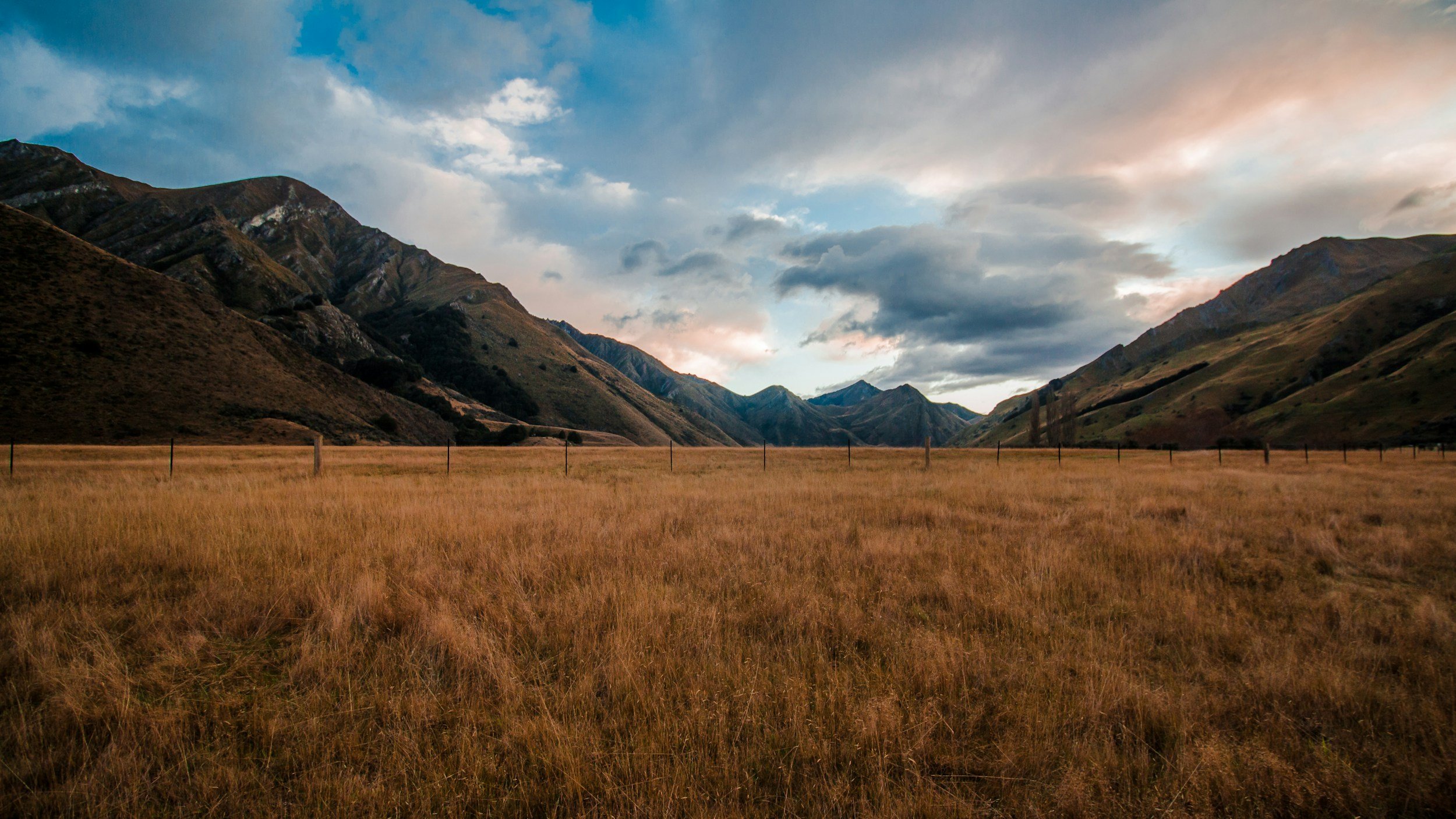
4TH GRADE
Grassland Investigators
Uncovering Prairie Secrets
In 4th Grade: Grassland Investigators, students roam prairie landscapes to study grassland ecology, animal behaviors, and seasonal cycles. They observe wildflowers, track insect populations, and explore how wind and fire shape the open plains.
Through soil core sampling, grass blade art prints, and Indigenous storytelling about prairie stewardship, children deepen scientific reasoning and creative expression. This immersive, hands-on learning builds confidence and fosters a lifelong respect for grassland ecosystems.

Biome Overview
Temperate grasslands feature rolling hills of grasses, wildflowers, and sparse trees, supporting grazing mammals and ground-nesting birds. These ecosystems rely on fire and grazing to maintain biodiversity and nutrient cycling.
Key Concepts
Grassland fire ecology and regeneration
Plant-animal interactions and grazing dynamics
Soil health and carbon storage
Pollination and wildflower diversity
Traditional prairie land management
Focal Points
-

Internal
Who Are We?
Students practice “grass gazing” mindfulness, noting how their breath and heartbeat connect to the undulating prairie.
-

External
Who Lives Here?
Learners identify prairie species, bison, prairie dogs, native grasses, and hear stories from ranchers and tribal stewards.
-

Metaphysical
What’s Happening?
Children measure grass height, track seasonal wildflower blooms, and chart fire’s role in grassland renewal.
-

Interconnection
How Are We Connected?
By mapping nutrient cycles and grazing patterns, students discover how plants, animals, and humans shape grassland health.
Subjects & Learning Domains
-
Prairie relay races and balance-beam “log walks” develop coordination and teamwork across open spaces.
-
Readings of prairie folktales and historic accounts of grassland cultures spark literacy and cultural connection.
-
Students create grass texture rubbings, pressed flower collages, and landscape watercolors reflecting prairie hues.
-
Hands-on labs include soil pH tests, insect sweep nets, and seed germination experiments, bringing grassland science to life.
-
Field journals and labeled ecosystem diagrams help children describe their observations in words and drawings.
-
“Circle of connection” check-ins and gratitude reflections under prairie skies build empathy and community.


